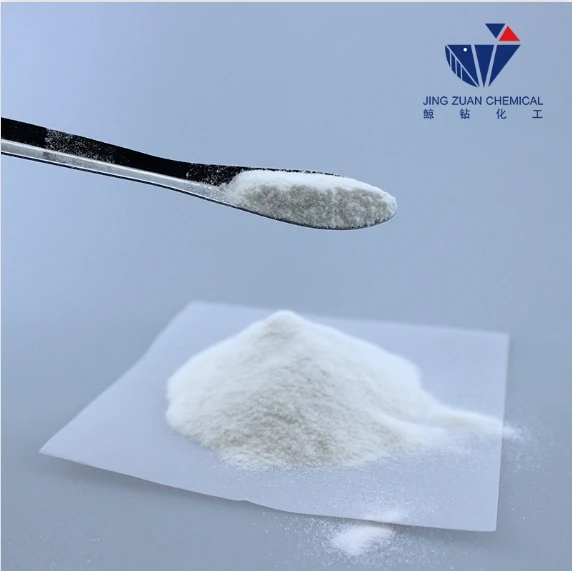
Dec . 11, 2024 20:36 Back to list
hydroxyethyl cellulose thickening mechanism
Understanding the Thickening Mechanism of Hydroxyethyl Cellulose
Hydroxyethyl cellulose (HEC) is a non-ionic water-soluble polymer derived from cellulose, a natural polysaccharide. Due to its unique properties, HEC has found extensive applications across various industries, including food, pharmaceuticals, cosmetics, and construction. One of its primary functions is acting as a thickening agent. Understanding the thickening mechanism of hydroxyethyl cellulose is crucial for optimizing its use in products, enhancing their stability, texture, and performance.
Understanding the Thickening Mechanism of Hydroxyethyl Cellulose
At a molecular level, the thickening effect arises from both entanglement and hydrogen bonding among the hydrophilic hydroxyl groups present in HEC. The hydroxyl groups form hydrogen bonds with water molecules, which leads to a significant increase in viscosity. This hydrogen bonding network stabilizes the polymer structure, preventing it from collapsing under stress. As a result, the shear resistance of the solution enhances, which is particularly important in applications where the product must maintain its viscosity under varying mechanical forces, such as in lotions and creams.
hydroxyethyl cellulose thickening mechanism

Moreover, HEC displays a pseudoplastic behavior, meaning that its viscosity decreases with increased shear rate. This property is particularly advantageous in applications where the material needs to be easily spread or pumped but must thicken under static conditions to provide a desirable product texture. For instance, in coatings or personal care products, HEC enables smooth application while ensuring that the product does not drip or run after application.
Temperature also plays a significant role in the thickening mechanism of HEC. As the temperature increases, the viscosity of HEC solutions may decrease due to enhanced movement of water molecules and the consequent weakening of hydrogen bonding. However, HEC is designed to exhibit certain thermal stability, allowing it to retain its thickening properties across a broad temperature range. This feature makes HEC a reliable choice for products exposed to different temperatures during storage and application.
Another crucial aspect of HEC is its ability to form gels when combined with certain salts or surfactants. These interactions can further increase the viscosity due to the formation of a more structured network. Such gel formation is particularly valuable in applications requiring a stable and consistent thickness, such as in paints, adhesives, and food gels.
In conclusion, the thickening mechanism of hydroxyethyl cellulose is a complex interplay of molecular interactions, physical properties, and environmental factors. Its ability to modify viscosity through hydration, entanglement, and hydrogen bonding makes it a versatile thickening agent across various industries. By understanding these mechanisms, formulators can tailor HEC's properties to meet specific product requirements, leading to enhanced performance and increased consumer satisfaction. Whether in personal care products, food, or construction materials, HEC continues to play a pivotal role in providing the desired consistency and stability that enhance the functionality of end products.
-
Versatile Hpmc Uses in Different Industries
NewsJun.19,2025
-
Redispersible Powder's Role in Enhancing Durability of Construction Products
NewsJun.19,2025
-
Hydroxyethyl Cellulose Applications Driving Green Industrial Processes
NewsJun.19,2025
-
Exploring Different Redispersible Polymer Powder
NewsJun.19,2025
-
Choosing the Right Mortar Bonding Agent
NewsJun.19,2025
-
Applications and Significance of China Hpmc in Modern Industries
NewsJun.19,2025







